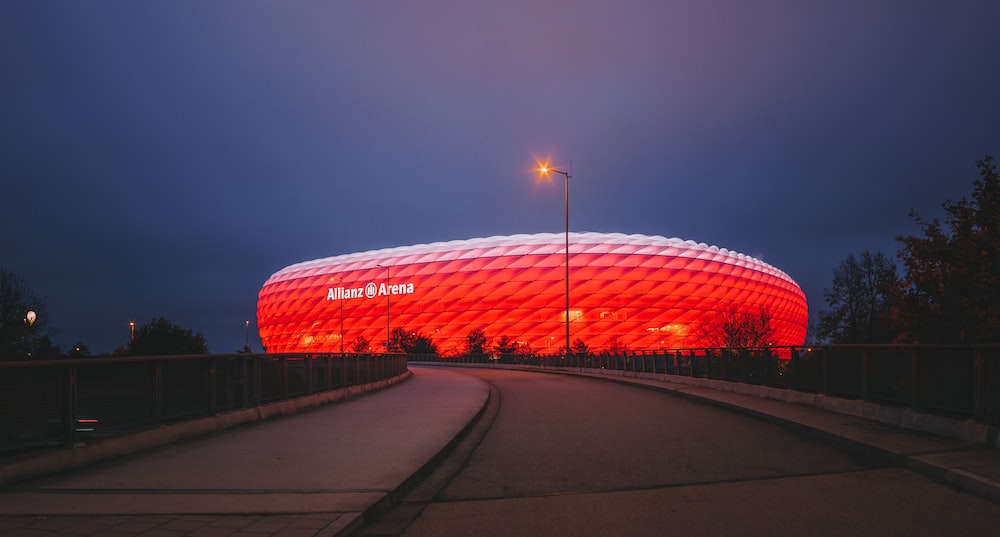Structures that fascinate the human eye
7. The Dancing House, Prague
6. Spitbank Fort, Portsmouth
As you arrive via helicopter, Spitbank Fort looks like a military outpost from a computer wargame like Red Alert or Total Annihilation. And, indeed, when it was built in the1860s its purpose was military: to defend Britain's Portsmouth Harbor from the French. Today, the French are more likely to stay there, as it has been revamped as a luxury hotel with nine suites, three bars, three restaurants, a swimming pool and spa. All around, according to the publicity at least, "the waters are brimming with crustaceans, flopping fishes, and crabs" and while (being the English Channel) it is a tad cold for swimming, a peaceful sea kayak ride around the fort is offered.
5. La Grande Motte, Occitanie
4. Guggenheim Museum, Bilbao
In the 1970s, Bilbao was one of the most polluted cities in the world, as smog from its mines and furnaces mingled with the humid Basque air. But twenty years later, when the Guggenheim was built on a former wharf on a curve of the river Nervión, it represented recovery of the riverside zone and the arrival of a new city of culture and leisure.
Frank Gehry's design is a triumph of mathematical complexity worthy of the aerospace industry, which provided the software to design the structure. And like a modern plane, the outer skin of the building, is titanium, 33,000 extremely thin sheets of it that provide a rough and organic effect, with the color changing depending on the weather and light. The other two materials used in the building, limestone and glass, harmonize to create what the commentators Guy Hedgecoe and Helen Whittle have called "a huge titanium-plated fantasy ship moored on the edge of the Nervión River."
3. Volklingen Ironworks, Saarland
The thirty meter tall charging platform, where the coke and the ore were poured into the blast furnaces, is now a gigantic viewing platform, surpassed in height only by the hot-blast stoves that reach up forty five meters. One writer, David Angel, summed it up as "A vast cathedral of rust, with brick chimneys for spires and blast furnaces for flying buttresses".
2. Allianz Arena, Munich
1. Bubble Palace, Cannes
Lovag has explained his interest in spherical architecture by saying that straight lines are an "aggression against nature" and that curves are better suited to the mobility of man. The cave-like domes were built from reinforced wire mesh spray-coated with a concrete mix. The fashion designer, Pierre Cardin has said of the house "Its curves and its softness" made him see the shapes of a woman, of a mother.
Tags:
Top 7








